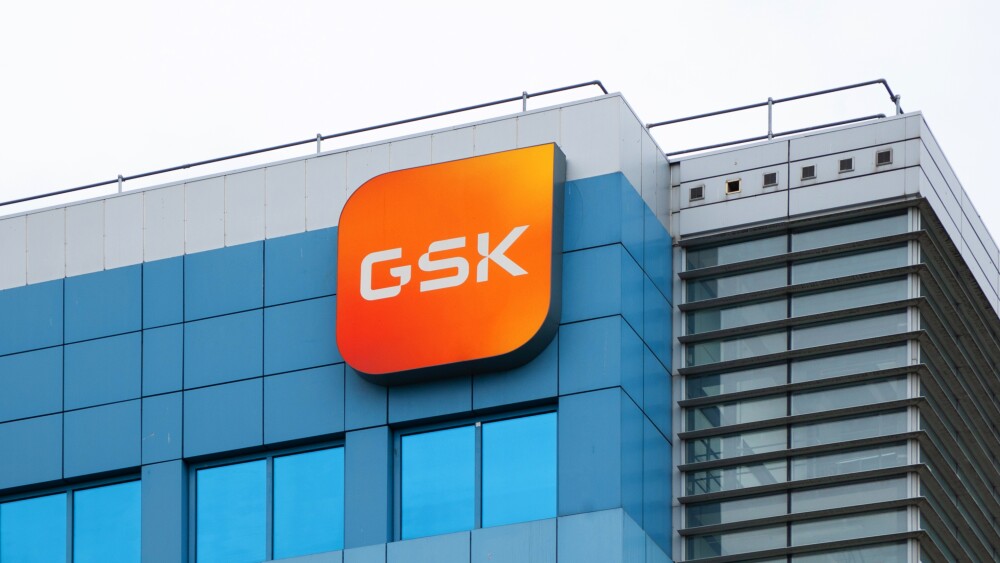In the Phase III FIBRONEER-IPF study, Jascayd demonstrated significant lung capacity improvements over placebo.
The FDA has approved Boehringer Ingelheim’s twice-daily pill nerandomilast for the treatment of idiopathic pulmonary fibrosis. The drug will carry the brand name Jascayd.
According to the FDA’s Tuesday release of the approval, Jascayd is the first new treatment for IPF, a rare respiratory condition, in more than 10 years. Boehringer Ingelheim has not immediately indicated when it plans to make the drug available or at what price. There are around 100,000 patients in the U.S. with IPF, with 30,000 to 40,000 new diagnoses made each year.
The FDA’s decision was supported by data from the Phase III FIBRONEER-IPF study. In September last year, Boehringer Ingelheim made a topline announcement, noting that Jascayd cleared the late-stage study. Without revealing specific data, the pharma said at the time that Jascayd led to significant improvements in lung capacity—as measured by forced vital capacity—at 52 weeks versus placebo.
Then, in May, the company published more detailed findings in the New England Journal of Medicine, touting a 68.8-mL lung advantage in forced vital capacity in patients treated with 18-mg Jascayd versus placebo, an effect that was highly statistically significant. At a lower dose of 9 mg, Boehringer’s drug likewise elicited a significant 44.9-mL improvement over placebo.
As for safety, FIBRONEER-IPF found serious toxicities to be “balanced” across treatment arms, according to the NEJM paper. The most common side effect attributable to Jascayd was diarrhea, occurring in 41.3% and 31.1% of the 18-mg and 9-mg groups, respectively, as opposed to 16% in placebo comparators.
Calling the indication a “rare, serious, and progressive disease with no cure and limited treatments,” the FDA in its Tuesday release explained that IPF develops when the tissue surrounding the small air sacs in the lungs thicken. In turn, these changes lead to permanent scarring that manifests as breathing difficulties and coughs. The disease commonly affects patients aged 60 to 70 years old.
Jascayd, Boehringer Ingelheim’s answer to IPF, works by targeting and blocking phosphodiesterase 4B, an enzyme highly expressed in the lungs, which is involved in inflammation and the formation of scar tissue, according to a company presentation. Nerandomilast, Jascayd’s active ingredient, won the FDA’s breakthrough therapy designation in 2022.
IPF has emerged as an attractive target for the biopharma industry, with many companies working to develop novel therapies for the condition. In January, for instance, Eli Lilly fronted $99 million and pledged up to $687 million in milestones to partner with Mediar Therapeutics for a first-in-class IPF drug. The development road has been rough, however, with Pliant Therapeutics in February forced to suspend dosing in a Phase IIb/III trial, in accordance with the recommendations of a data safety monitoring board, though the company did not reveal the exact reasons for the pause.






